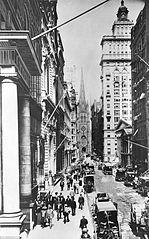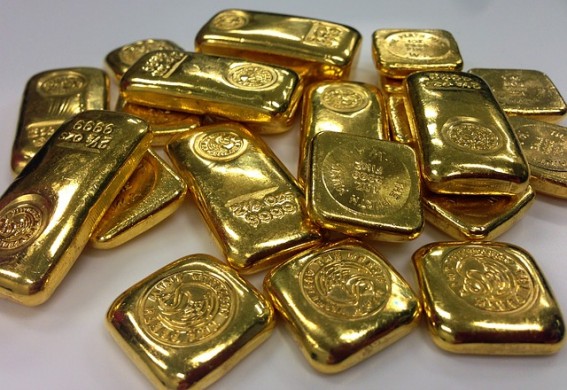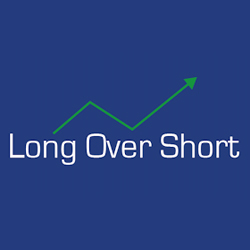As you know, I’m somewhat concerned about the over-extended US equity market. On Friday, to protect myself and to make a bit of money should Wall Street have a major downturn, I asked my broker to buy put options on the Dow Jones Industrial Average.

I went for the 17,000 put options (labelled 170) which means I only make money (at expiry) if the market is below 17,000 – it is currently over 21,400, so quite a hefty fall is required.
Off-setting the problem of the extreme nature of the fall required for me to avoid losing my premium payment is that the cost of the options is only 0.38% of the Dow value.
So this is just like an insurance policy where there is a good chance that you will get no pay out, but if calamity does strike your assets, in this case a portfolio of shares, are protected.
Also the put option method has the advantage of no further liability; other methods of shorting a market, e.g. futures or contracts for difference, usually come with greater risk than just the premium payable up front
But my broker (believe it or not, one of the biggest names) came back with “we do not deal in options”. Thus deflated, I have to go through the hassle of finding a broker who will. When I actually get around to doing the deal I’ll give you the details such as payoffs at various market levels (in a serious market fall I’ll get a twenty- to thirty-fold return).
Anyway, back to lessons from stock market history – the rhyming of history is something to look out for (I promise to get back to individual company analysis later this week).
Stock markets attract many who are inclined to get swept up in mania. Today I want to quickly run through the events of the 1920s mania and the Wall Street Crash; the share and property mania in Japan in the 1980s, the fall-out from which we are still feeling today, and; the tech bubble of the late 1990s.
America in the 1920s
There was a technological revolution – automobiles, electrification, telephone, radio, movies – leading to a surge in investment. Instalment credit for consumer durables, such as a car, fuelled demand. Economic expansion eventually morphed into boom and then euphoria.
Speculation in shares, i.e. looking to the stock market to guess which shares were going to rise the most, came to out-weigh the actions of the analytically-minded investors with their focus on their business fundamentals.
Money was lent in vast quantities to speculators to buy shares rather than being lent to businesses for growth – there was a decline in economic activity. Brokers would borrow one day at time. Shareholders would buy shares using the lending facility provided by brokers whereby as little as a 10% down payment was required.
Shares rose three-fold 1924-1929 as the optimism swelled that the economy had entered a “new era” with rapid rises in productivity and human well-being from the new technology.
It is true that the new industries would bring greater prosperity – eventually. But share punters can over-price the benefits to be brought to owners of firms busy showering consumers with bright new things.
Industrial production started to decline 4-5 months before the crash, e.g. automobile production was 440,000 in March, but only 319,000 in October the month of the crash. This was caused by the reduction in the supply of credit “as more credit was diverted to the stock market”.
When fright took hold banks stopped lending as they feared the market might be closed. The credit system suddenly froze.
Brokers, clients and banks went bust.
Japan in the 1980s
Regulations restricting the financial system were lifted in the early 1980s. The central bank tried to keep the yen’s rise under control by creating money and buying foreign currencies such as the dollar. The extra money in the system helped banks to lend more. The central bank discount rate was reduced.
Banks then competed to be top of the rankings in terms………………………..To read the rest of this article, and more like it, subscribe to my premium newsletter Deep Value Shares – click here http://newsletters.advfn.com/deepvalueshares/subscribe-1

 Hot Features
Hot Features













